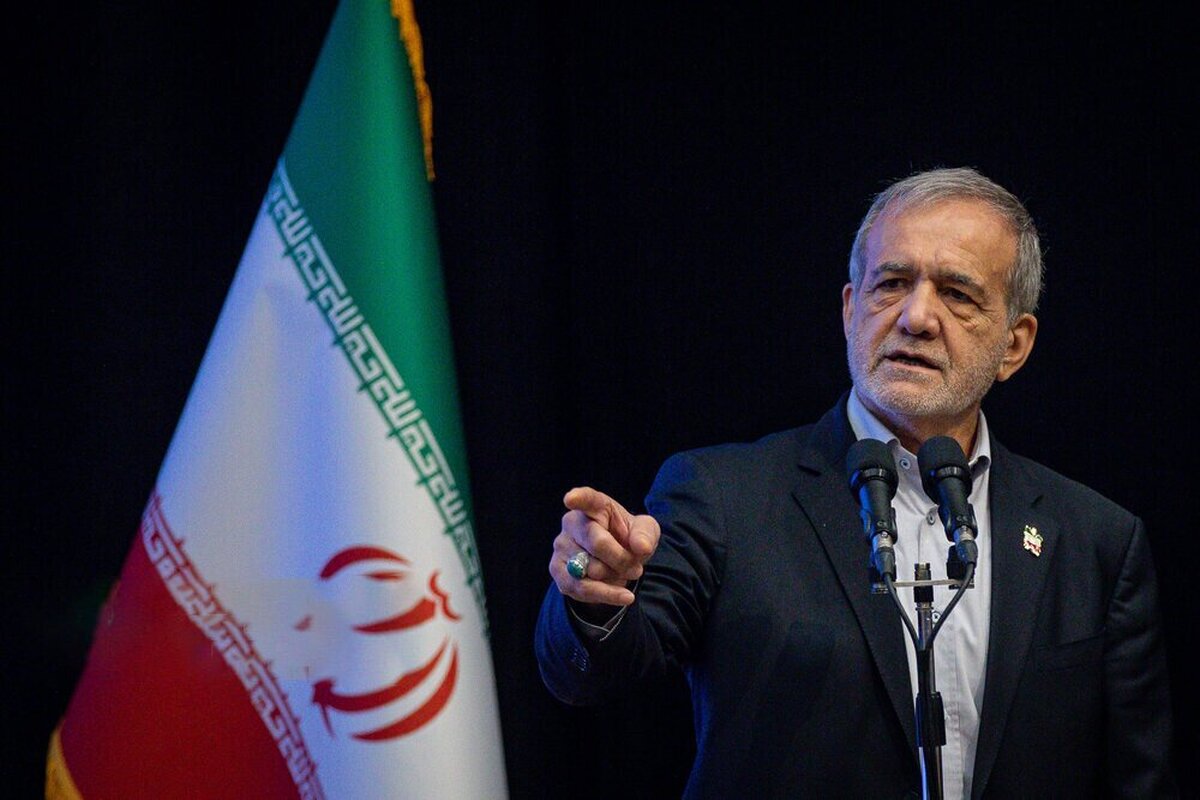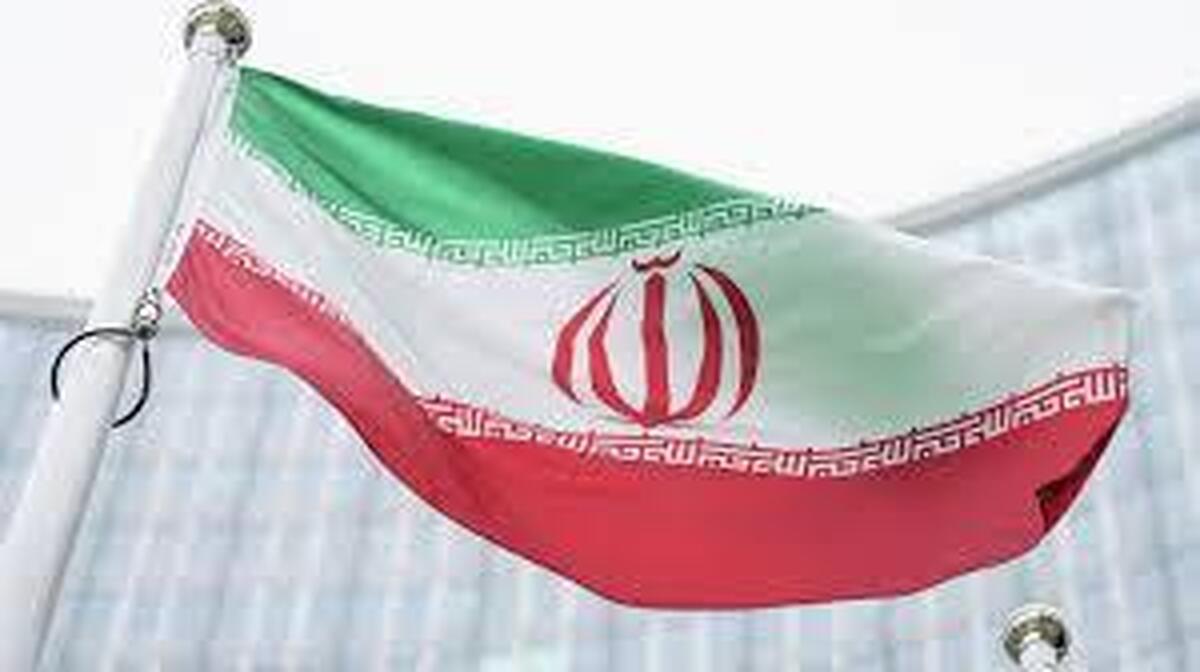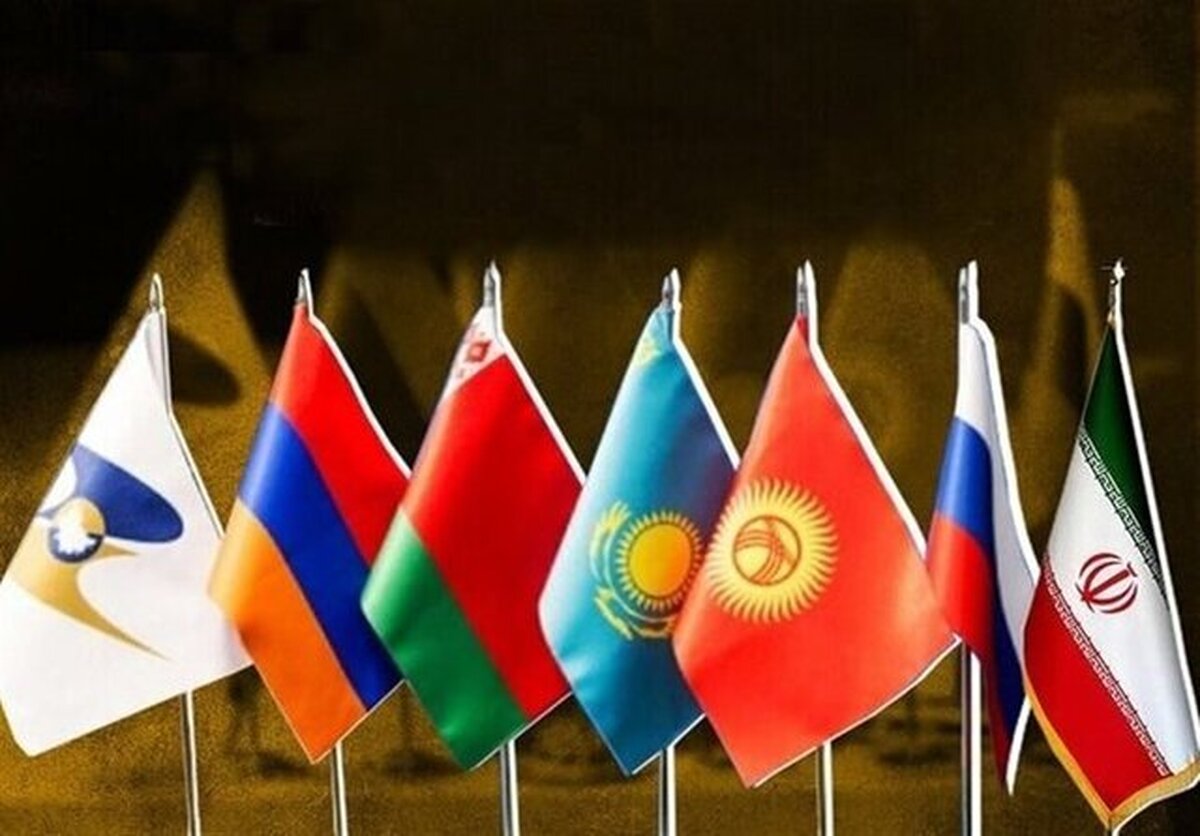
Iran’s Exports to EAEU Will Be Exempt From Customs Duties as of September 2022
EghtesadOnline: Iranian exports to the Eurasian Economic Union member states will be exempt from customs tariffs as of September 2022, says the managing director of Iran-EEU Export Consortium Center.
“Our exports need to measure up to the standards of EEU market. To arrive at this goal, we have established offices in Moscow and Yerevan to help with the export of Iranian goods and guide traders on the demands of destination markets,” Amir Abbas Afsharamin was quoted as saying by the Persian daily Ta’adol.
“As per an agreement with EEU, the raw materials of the end products destined for exports to the bloc will be procured meticulously so that Iranian products could compete with rivals in the Eurasian market,” he said.
“A lot of our processed foodstuff, including pasta, pastry, chocolates and canned food, already have the required standards to be exported to EEU’s five member countries. We also have great potential in the export of faucet and textile.”
Afsharamin noted that unfortunately, most of Iran’s raw agricultural products do not meet EEU’s standards.
“Some of our dates, for example, are not disinfected as per EEU standards. This is why the consortium has decided to step in and process such goods as demanded by these export destinations,” he added.
The official further said the consortium has rented shelves in chain stores across the bloc as part of its measures to promote the export of Iranian products.
“Another field where Iranian businesses are capable of producing high quality end products is the furniture industry. Yet, there are shortcomings in the production chain of furniture regarding raw materials. To overcome this problem, an export consortium has been formed to provide businesses active in the field with high quality raw materials, including fabric, sponge, particle boards and wood at prices lower than those in our domestic market. This is the biggest agreement ever made with our furniture industry to procure specific raw materials and complete the production chain.”
Interim Trade Deal Extended Until 2025
The interim free trade agreement between the Eurasian Economic Union and Iran has been extended until 2025, the official representative of the Eurasian Economic Commission (EEC,) Iya Malkina, told a press briefing after the Supreme Eurasian Economic Council meeting on Dec. 10, BelTA has learned.
"During the summit, the parties signed a protocol to the interim agreement leading to the formation of a free trade zone between the Eurasian Economic Union and Iran," she said.
"The interim agreement has been extended until Oct. 27, 2025, or until the free trade agreement enters into force, whichever comes first."
The EEC official recalled that negotiations on the full-fledged free trade agreement are based on the regime in force between EEU and Iran in accordance with the interim agreement since October 2019.
In H1 2021, trade with Iran posted high growth: Exports of EEU member states surged by almost 47% to total $1.35 billion and imports by 34% to $825 million. Trade between EEU countries and Iran increased by 27% over the same period in 2019, exports rose by 27% and imports by almost 70%.
The Supreme Eurasian Economic Council Summit was held via videoconference, which was attended by Belarusian President Aleksandr Lukashenko.
Armenian Prime Minister Nikol Pashinyan endorsed an early conclusion of a full-fledged free trade agreement between Iran and the Eurasian Economic Union while speaking at the videoconference, ARKA news agency reported.
"A key component of the effective development of EEU, highlighted in its development strategy, is expansion of the international cooperation and creation of a wide network of trade and economic relations. In this context, I think it is important once again to draw attention to the conclusion of a full-fledged free trade agreement between Iran and EEU as soon as possible," he said.
Pashinyan stressed that the provisional free trade agreement with Tehran has shown the potential and prospects for further deepening of cooperation.
"And despite reaching mutually beneficial agreements on a number of issues during the first round of talks held in Yerevan in early November, the extension of the provisional agreement for this period is justified," he said.
Pashinyan stressed that during these years, different formats of cooperation with third countries have been worked out.
The solution to these problems, as the prime minister noted, is summed up in the main directions of EEU international activity for 2022, which fixes the key vectors and practical priorities of the union's international activity for the next year, emphasizing potentially promising areas.
"Within the framework of the Eurasian integration, a sufficiently stable institutional framework has been formulated, the common market is being established and there is certain successes in the sphere of international cooperation," he said.
FTA Draft at Final Stage
In a recent meeting between Iran’s representatives from Iran-Kazakhstan Chamber of Commerce and the Trade Promotion Organization of Iran, it was said that 80% of the Free Trade Agreement between Iran and the Eurasian Economic Union have been drafted so far and the remaining 20% will be decided upon in the next meeting of the two sides.
According to the news portal of Iran Chamber of Commerce, Industries, Mines and Agriculture, after the draft is complete, negotiations will begin to determine the commodities each side wants to be included in the FTA.
It is estimated that the procedure before the agreement is finally signed, including negotiations, reaching consensus and ratification of the FTA draft in the parliaments of the countries involved will take at least two years, during which the current preferential trade agreement in effect will be renewed and extended.
Chairman of Iran-Kazakhstan Chamber of Commerce Amir Abedi said during the meeting that to become a more active part of the global trade, Iran has to overcome a series of barriers.
“Our cooperation with the Eurasian bloc and an FTA agreement can be a much-needed practice in this regard giving us the opportunity to understand our strengths and weaknesses, capacities and capabilities,” he said.
“Among EEU members, Kazakhstan is strategically more significant, as it is located along important transportation corridors.”
Representatives of Iran and the Eurasian Economic Union will meet soon in Armenia to discuss a new agreement. This is what Deputy Foreign Minister of Armenia Armen Ghevondyan said during a recent discussion on the draft state budget for 2022 in parliament.
Ghevondyan recalled that the term of the temporary agreement, signed between Iran and the Eurasian Economic Union and entered into force in 2019, expires in 2022 since it was valid for three years, News.am reported.
“We’re currently working on making the interim agreement permanent and have planned discussions in Yerevan,” he added.
In addition, the Intergovernmental Council of the Eurasian Economic Union will hold a session in mid-November in Yerevan.
Iran and the Eurasian Economic Union signed a three-year provisional agreement in Astana, Kazakhstan, on May 17, 2018, for the bloc to welcome Iran into EEU. The arrangement, which lowers or abolishes customs duties, is the first step toward implementing free trade between Iran and the five members of the union.
“There are still problems with export to Iran,” said Minister of Economy of Armenia Vahan Kerobyan said.
According to the minister, in spite of the temporary special trade agreement between Iran and the Eurasian Economic Union, according to which low customs duties apply for some goods, the Iranian side applies different types of non-tariff barriers, requiring this or that document or procedure.
“This obstructs export from not only Armenia, but also other countries of the Eurasian Economic Union,” he noted.
The Eurasian Economic Union is an international economic union and free trade zone comprising countries located in central and northern Asia and Eastern Europe. The founding member states of Belarus, Kazakhstan and Russia established the union by treaty in 2014 and officially implemented the agreement beginning on Jan. 1, 2015.
It is estimated that nearly 200 million people live within the member states and EEU countries have $5 trillion in combined GDP, according to Investopedia.
EEU was created in response to the economic and political influence of the European Union and other Western trade agreements. The key objectives of the organization are to increase cooperation and economic competitiveness for the member states, and the promotion of stable development to raise the standard of living in member states.
73% Growth in Bilateral Trade
Iran’s trade with EEU member states stood at 8.57 million tons worth $3.63 billion in the first eight months of current fiscal year (March 21-Nov. 21), registering a 42% and 73% growth in weight and value year-on-year respectively, according to Rouhollah Latifi, spokesman of the Islamic Republic of Iran Customs Administration.
Exports accounted for 1.84 million tons worth $763.64 million in the period, the weight stayed unchanged YOY, while the value increased by 18% year-on-year.
Russia with 7,116 tons worth $375.23 million, Armenia with 786,826 worth $210.16 million, Kazakhstan with 318,205 tons worth $114.67 million, Kyrgyzstan with 28,695 tons worth $52.48 million and Belarus with 1,330 tons worth $11.08 million were the main export destinations during the period, ILNA reported.
This is while imports from EEU hit 6.73 million tons worth $2.86 billion, which figures are 66% and 98% higher than the corresponding period of last year, respectively.
Five main exporters to Iran were Russia with 5.78 million tons worth $2.56 billion, Kazakhstan with 942,019 tons worth $277.69 million, Belarus with 4,412 tons worth $16.94 million, Armenia with 2,235 tons worth $6.8 million and Kyrgyzstan with 524 tons worth $933,753.




